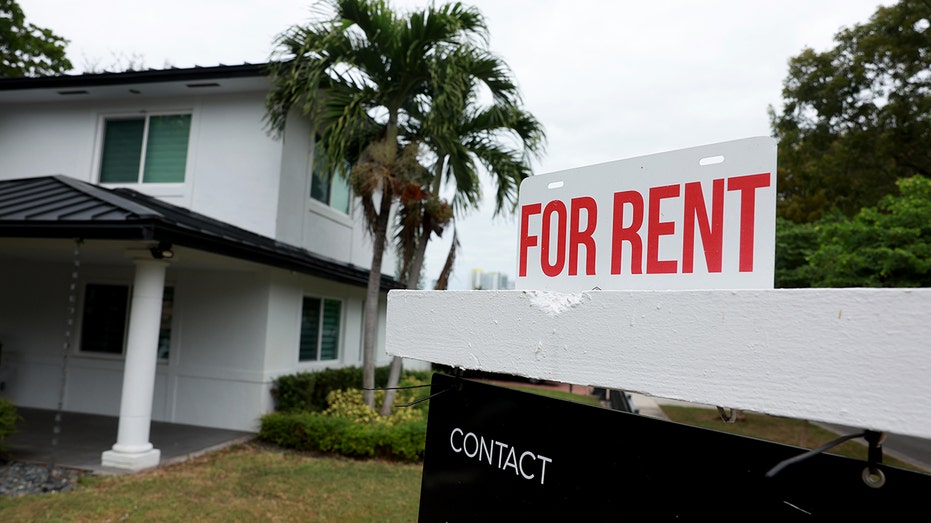While rent growth may be easing, the financial pain renters are feeling has far from subsided.
Renters are still paying $300 more for housing than they did compared with pre-pandemic levels, according to a new Realtor.com report.
The nationwide median asking rent for studio to two-bedroom apartments fell 0.4% year over year in June to $1,743, according to Realtor.com’s latest rent data. June marked the 11th straight month of declines. It was also down 0.6% from its August 2022 peak, according to the report.
SAN FRANCISCO OFFICE VACANCIES HIT ALL-TIME HIGH DESPITE AI BOOM IN SILICON VALLEY
But, some markets have seen rents surge by as much as 40% above 2019’s pre-pandemic levels, with Tampa, Florida, seeing the largest growth over the past five years.
While rents have steadily fallen for almost a year, it hasn’t given much relief to those who have seen such costs rise “significantly” since before the pandemic, according to Realtor.com chief economist Danielle Hale said.
THE LEAST AFFORDABLE CITIES FOR POTENTIAL HOMEBUYERS
“Inflation has further strained renters’ budgets, underscoring the need for more supply to meet demand and to keep renters from contributing an increasing percentage of their incomes to housing costs,” Hale said.
Of the top 10 markets with the highest percentage increase in rents between June 2019 and June 2024, about half were located in the South.
Tampa led the group with the median asking rent surging 39.5%. It narrowly edged out Miami, which saw costs surge 39.2%, according to the latest data on rental prices.
In Tampa, for example, the median asking rent in June was $1,752, which is almost $500 higher than the pre-pandemic level.

The top markets facing the biggest rent growth compared with pre-pandemic levels:
- Tampa-St. Petersburg-Clearwater, Florida: 39.5%
- Miami-Fort Lauderdale-Pompano Beach, Florida: 39.2%
- Indianapolis-Carmel-Anderson, Indiana: 37.5%
- Pittsburgh, Pennsylvania: 37.4%
- Sacramento-Roseville-Folsom, California: 35.8%
- Virginia Beach-Norfolk-Newport News, Virginia-North Carolina: 32.5%
- New York-Newark-Jersey City, New York-New Jersey-Pennsylvania: 31.3%
- Cleveland-Elyria, Ohio: 30.6%
- Raleigh-Cary, North Carolina: 29.8%
- Birmingham-Hoover, Alabama: 29.3%
Read the full article here











